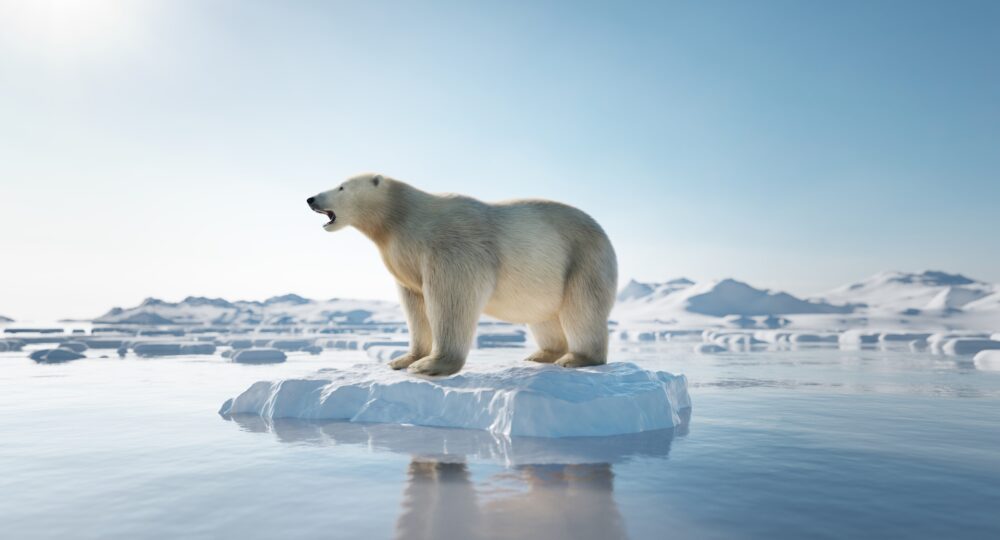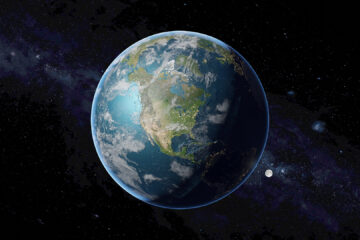
Why are Glaciers Melting at a Threatening Trend?
In recent years, the world has witnessed an alarming acceleration in melting glaciers, which poses significant threats to global ecosystems and human livelihoods. This article delves into the scientific reasons behind this rapid melting and discusses preventative measures. We also highlight the top 10 glaciers experiencing the most rapid declines.
Scientific Reasons For Rapid Melting of Glaciers
I. Global warming and climate change have fastened glaciers’ melting, largely due to increased greenhouse gas emissions. Glaciers, sensitive indicators of climate change, respond by melting more quickly as global temperatures rise.
II. Albedo effect reduction: glaciers traditionally reflect a large portion of the sun’s rays due to their white surface, known as the albedo effect. However, as they accumulate pollutants and darken, their capacity to reflect sunlight diminishes, leading to further warming and melting.
III. Rising ocean temperatures affect many glaciers, particularly polar regions. Warmer ocean waters erode glacier fronts faster than before, contributing significantly to their accelerated melting.
IV. Atmospheric circulation change patterns, influenced by climate change, have altered precipitation and temperature patterns, impacting glaciers, particularly those dependent on seasonal snow for replenishment.
Some of the glaciers have been identified through satellite data and ground observations as experiencing significant reductions in mass and size at an alarming rate as follows:
- Greenland Ice Sheet, Greenland
- West Antarctic Ice Sheet, Antarctica
- Yakutat Glacier, Alaska
- Pine Island Glacier, Antarctica
- Columbia Glacier, Alaska
- Pasterze Glacier, Austria
- Glacier National Park Glaciers, Montana, USA
- Perito Moreno Glacier, Argentina
- Gangotri Glacier, Himalayas
- Jostedalsbreen Glacier, Norway
Preventive Measures
Reducing Greenhouse Gas Emissions: A global effort to reduce greenhouse gas emissions is crucial and includes transitioning to renewable energy sources, improving energy efficiency, and adopting sustainable transportation methods.
Environmental Protection Policies: The responsible authorities and agencies must implement and enforce environmental protection policies that focus on preserving natural habitats, reducing pollution, and managing resources sustainably.
Public Awareness and Education: Educating the public about the impact of glacier melting and ways to reduce personal carbon footprints can lead to collective action against climate change.
Scientific Research and Monitoring: Investing in scientific research to better understand glacier dynamics and enhance monitoring systems to track glacier changes can inform policy and conservation efforts.
The expeditious melting of glaciers is a stark reminder of the urgent need to address climate change. By understanding the scientific reasons behind this phenomenon and adopting preventive measures, there is hope to slow down or reverse some of these changes. The fate of the world’s glaciers is not just a concern for scientists and environmentalists; it is a global issue that demands immediate attention and action.
References:
- IPCC Special Report on the Ocean and Cryosphere in a Changing Climate (2019) – published by the Intergovernmental Panel on Climate Change (IPCC), this comprehensive report offers an in-depth analysis of the state of our oceans and cryosphere (the frozen parts of the planet), with a particular focus on the impacts of climate change, including the rapid melting of glaciers.
- Glaciers: The Politics of Ice by Jorge Daniel Taillant (2015) – explores the environmental and social impacts of glacier retreat, focusing on the political aspects of water resources and glacial protection. Taillant’s work is particularly relevant for understanding the human dimensions of glacier melt and climate policy.









